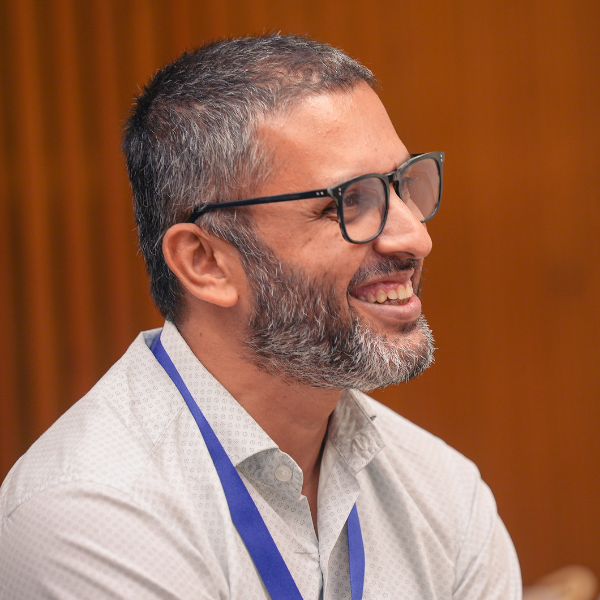
Creating Learning Opportunities for Public Officials or C-LOP, is an initiative to transform the Indian state’s execution capacity by helping government organisations and officials acquire and improve upon the requisite skills to be successful in their current and future roles.
As citizens, most of us have experienced delays and frustrations while accessing government services, whether it is renewing a driving license, registering to vote, or paying bills at municipal offices. These experiences often leave us wondering whether government officials have the skills required to deliver on these tasks.
Many of us in the development sector, professionally, are also witness to the honest intentions of the government officials, whether political representatives, senior bureaucrats or frontline workers, to improve the lives of citizens. However, the translation of these intentions to the department machinery on the ground leaves a lot to be desired.
The Government of India’s recently launched Mission Karmayogi initiative attempts to solve this conundrum by expanding training and upskilling opportunities to the entire ecosystem of over 20 million government officials. The initiative is striking for its focus on silo-less learning and offering courses, trainings, fellowships from elite institutions in India and abroad to all government officials, irrespective of rank or cadre. This is a major shift from the status quo of on-the-job training being available only to senior bureaucrats, resulting in a mismatch of skills between them and other officials in the bureaucratic hierarchy.
How does C-LOP work?
As the ideation and thought partner of the Department of Personnel and Training (DoPT), C-LOP is working with the government to help upskill its machinery through the following initiatives:
- Developing the Framework of Roles, Activities and Competencies (FRAC), that offers a systematic approach for mapping individual skills and competencies within the government. This process allows for understanding and assessing an individual’s existing competencies and identifying potential skill gaps. FRAC has been adopted as the guiding principle for capacity building under Mission Karmayogi.
- Building a coalition of domestic and global training providers to make 21st century adult learning methodologies and curricula on emergent topics accessible to all government officials and helping bring quality to and scaling up their learning curve.
- Transforming the Integrated Government Online Training (iGOT) platform from simply a learning platform to a comprehensive space for officials to acquire new skills. With five learning hubs, this platform supports and enables the various aspects of learning, networking, and interaction for government officials through their careers.
- Introducing disruptions to traditional and conceptual approaches to improve the means and opportunities available to government officials. This is done by combining the pragmatic ideas of scores, passbooks and artificial intelligence to nudge officials towards a culture of lifelong learning.
- Setting up communities of learning and problem-solving through existing and new partnerships at all levels of governance and service delivery. These communities will evolve into hubs of learning hubs irrespective of geography (regional) and domain (housing, gender, climate change, sanitation, labour markets, etc) to rapidly diffuse the 70-20-10 model of learning and knowledge agglomeration through government agencies.
These multiple pathways are required to transition from sporadic, single point training interventions to a more structured and focused multi-year approach and achieve Mission Karmayogi’s ambition of bringing long-term institutional reform to capacity building.
Bridging the research-policy gap
Mission Karmayogi promises to transform Indian civil services by enhancing the execution capacity of its officials. By collaborating with and contributing to this initiative, the C-LOP team is provided with the opportunity to establish itself as a frontline partner for capacity building in the public sector.
C-LOP’s work over the next few years will evolve from ideation to grounding these key ideas of competency mapping, role-based training, communities of learning within multiple government agencies. This project will lay down the building blocks of the larger vision of an effective state, in which the continuous triangulation of learning, collaboration, and evidence is no longer a far-fetched idea in developing policies and interventions.
For organisations such as J-PAL, C-LOP offers a narrowing of the gap between the cutting edge research and the interventions and policies that are eventually adopted by government agencies. More importantly, everyday interactions with government services will become more systematic and meaningful for all citizens.
